I'm working on an app which uses Facebook integration, and the log in system works fine now. However, I can't seem to return to my initial view controller when the user clicks log out.
Here's an overview of my storyboard:

I would like to return to the start when the user clicks the blue button (on the top). What would I do to achieve that? As you can see I have multiple Navigation Controllers, and I only use Push-seguesto get there. However, I do use the SWRevealViewController, which you can see in the middle.
I've tried [self.navigationController popToRootViewControllerAnimated:YES]; which doesn't do anything.
Any advice? Anyone familiar with the SWRevealViewController and what it might have done to my Navigation stack? Any help will be appreciated!
Thanks.


